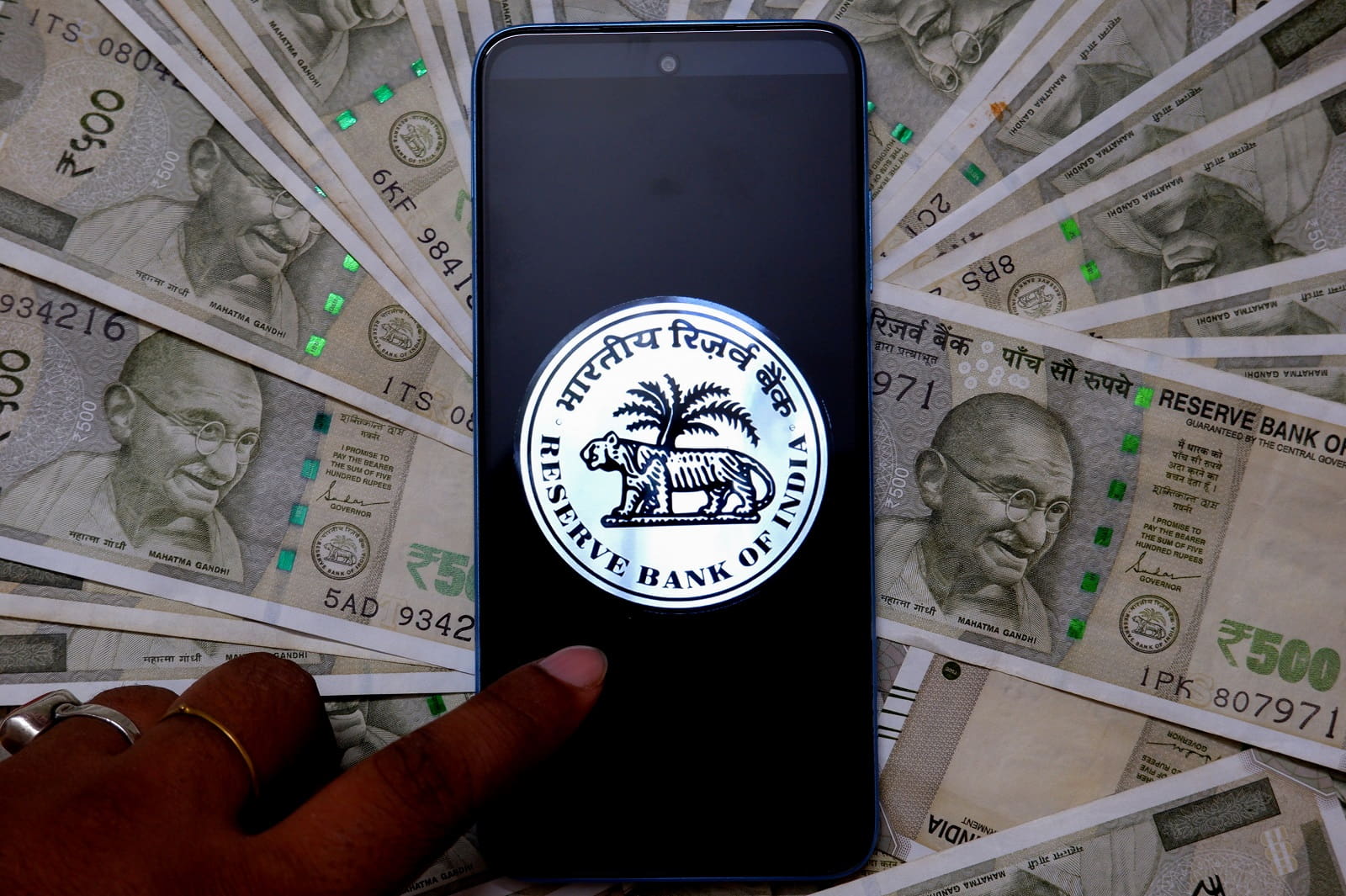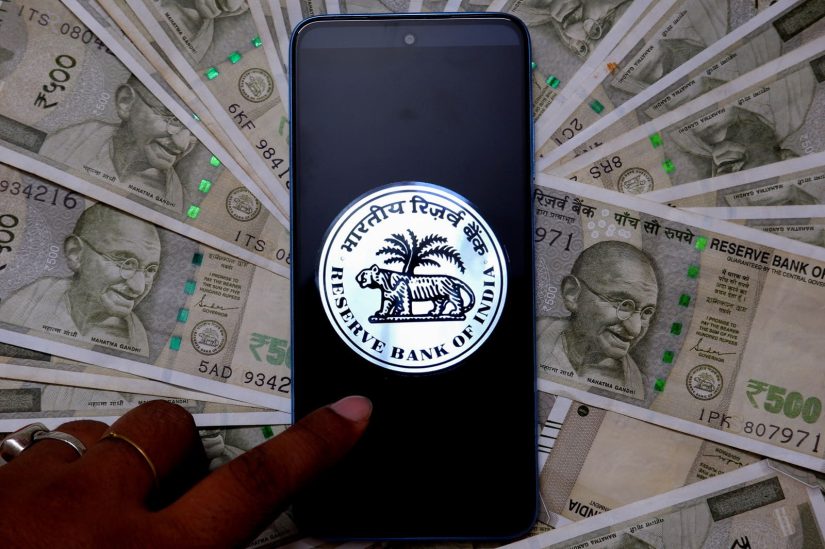
# **A New Era for Remittances: How Technology is Revolutionizing Global Money Transfers**
## **Introduction**
In the contemporary global landscape, financial dealings, particularly international payments, are advancing quickly. Remittances—money transferred by migrants to their native countries—are vital for supporting families, enhancing economies, and promoting financial inclusion. As we approach 2025, technological enhancements and innovative financial tools are rendering the remittance process more streamlined, cost-effective, and secure.
## **India: A Leading Hub for Remittances**
India is the top global recipient of remittances. Numerous Indian nationals living abroad send money back to their relatives, considerably impacting the nation’s GDP. The growing transaction volume has spurred ongoing enhancements in remittance offerings, lowering costs while improving speed and security.
Historically, sending money to India was slow and costly, with high transfer fees and long waiting times. However, the latest developments in financial technology (FinTech) and digital platforms have revolutionized this sector. With just a few taps on a mobile device, international transfers can now be executed in a matter of minutes, benefiting both individuals and enterprises.
## **The Transformation of Money Transfers**
In the past, international remittances were primarily the domain of major banks and money transfer firms, which imposed high fees and provided poor exchange rates. Customers frequently encountered hidden charges and sluggish processing periods, making the overall experience frustrating and inefficient.
In the last decade, the financial environment has experienced dramatic shifts. The emergence of FinTech startups and digital payment systems has disrupted conventional banking frameworks, rendering money transfers more affordable and accessible. By 2025, the remittance sector is more competitive than ever, reducing fees and enhancing services for consumers.
Recent financial analyses indicate that the typical cost of remittances has declined by almost 30% over the past ten years as a result of heightened competition and technological advancements. This pattern is anticipated to persist, with new entrants joining the market and providing improved solutions.
## **Technological Breakthroughs Fueling Change**
Several significant tech innovations have transformed the remittance sector, making international money transfers quicker, safer, and more cost-efficient:
### **1. Mobile Money and Digital Wallets**
The emergence of mobile banking and digital wallets has simplified the process of sending and receiving money internationally. Applications such as Google Pay, PayPal, and local contenders like Paytm and PhonePe have made digital transactions more readily available to a wider audience.
### **2. Blockchain and Cryptocurrency**
Blockchain technology has the capacity to eliminate middlemen in financial transactions, reducing expenses and enhancing transparency. Cryptocurrencies like Bitcoin and stablecoins such as USDT are being examined as practical options for cross-border payments, offering users nearly instant transactions with minimal costs.
### **3. Artificial Intelligence and Automation**
AI is essential in streamlining money transfers by anticipating currency fluctuations, mitigating fraud, and enhancing customer support. Automated systems can process and verify transactions more rapidly than ever, creating a seamless and error-free remittance process.
### **4. Real-Time Payment Networks**
Instant payment systems such as India’s Unified Payments Interface (UPI) have optimized the efficiency of sending and receiving funds. International businesses and individuals can utilize these real-time networks to execute transactions in mere seconds.
## **Smart Strategies for Cost Savings**
While technology has considerably decreased remittance costs, consumers can employ further strategies to enhance savings:
– **Compare Providers:** Prior to executing a transaction, evaluate various money transfer platforms to uncover the best exchange rates and lowest fees.
– **Opt for Digital Transfers Over Bank Wire Services:** Online platforms generally provide superior rates compared to conventional banks.
– **Utilize Promotions:** Many money transfer services extend discounts or promotional rates for new users or frequent transactions.
– **Time Transactions Wisely:** Exchange rates vary daily; transferring funds during optimal periods may result in better conversion rates.
For Indian expatriates seeking the **most efficient way to send money to India**, platforms like Wise, Revolut, PayPal, and blockchain-based services have gained popularity.
## **Establishing Trust and Ensuring Security**
While cost and speed are critical considerations, security remains paramount when transferring funds across borders. With the rise of digital transactions, cyber threats such as fraud and identity theft have become significant concerns.
To mitigate these risks, top remittance service providers invest in stringent security protocols, including:
– **End-to-End Encryption:** Ensuring all transactions remain shielded from hackers.
– **Multi-Factor Authentication (MFA):** Introducing an additional layer of security for users.
– **Regulatory Compliance:** Licensed and regulated platforms adhere to strict guidelines to protect consumer funds.
Furthermore, governments and financial authorities globally are enforcing stricter policies to promote transparency and shield consumers from fraudulent activities.
## **Looking Ahead: A Smooth Future for Remittances**
The outlook for remittances is bright, with ongoing innovations focused on optimizing financial transactions. Some trends influencing the industry include:
– **In
